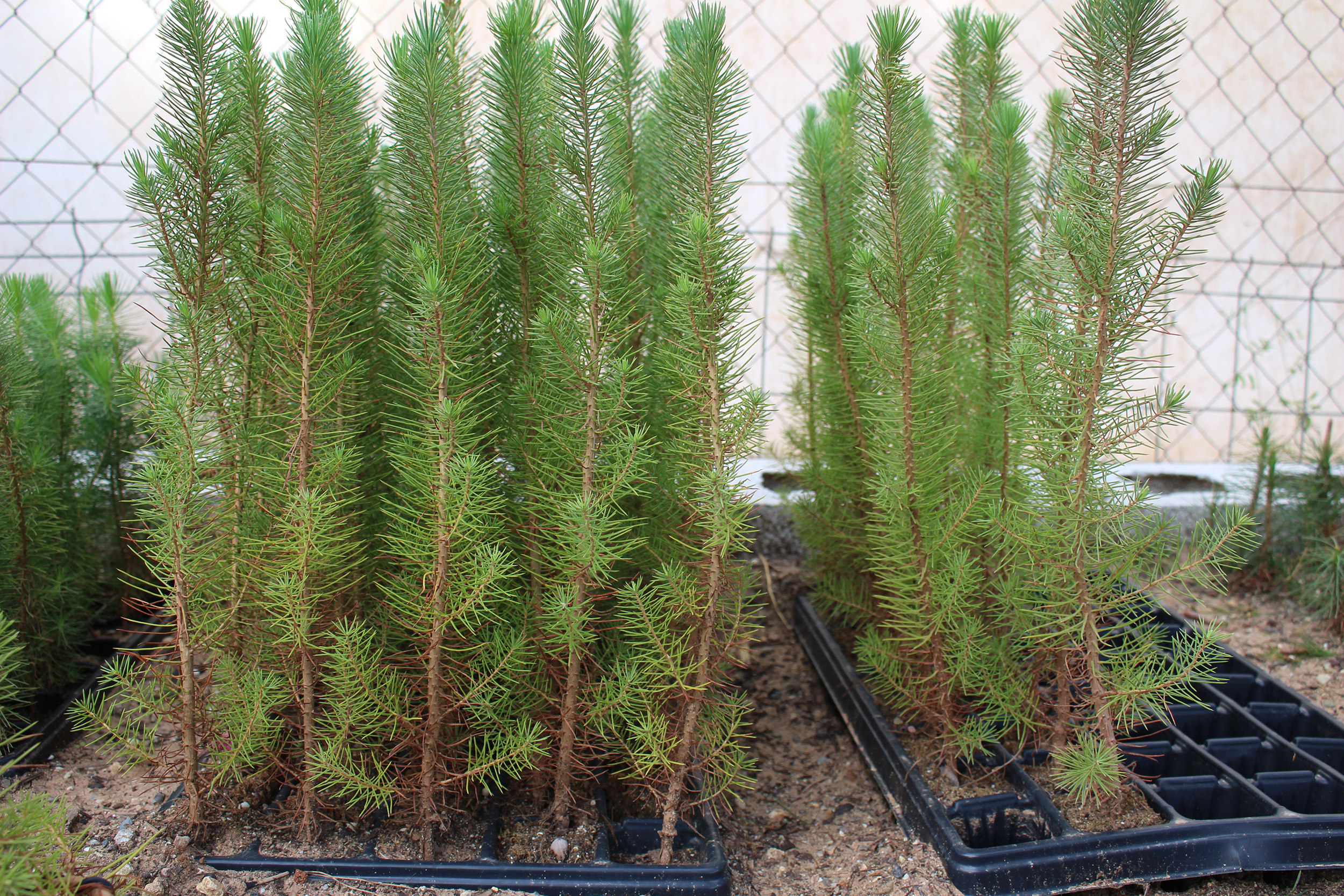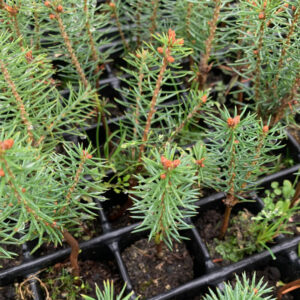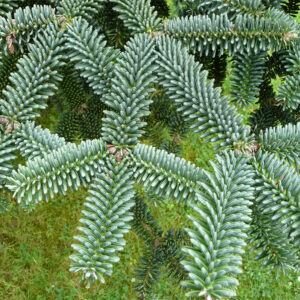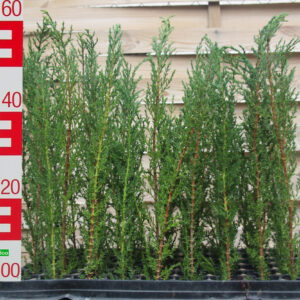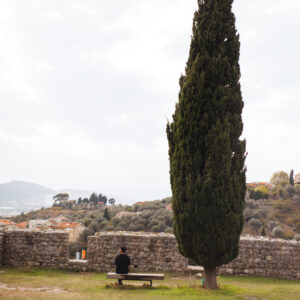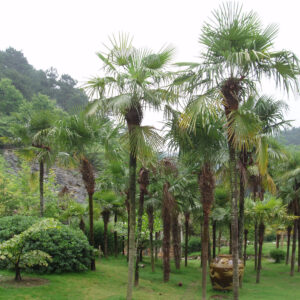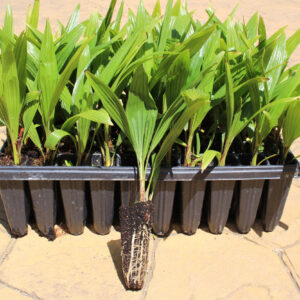Description
Pinus pinea, commonly known as the stone pine or umbrella pine, is a Mediterranean native conifer distinguished by its broad, umbrella-like canopy. This species, reaching 40 to 80 feet in height with a trunk diameter of up to 3 feet, features reddish-brown, deeply fissured bark and long, dark green needles grouped in pairs. Its characteristic canopy shape allows ample light penetration, while its large, rounded cones, containing edible pine nuts, take three years to mature. Adaptable to various soil types and resistant to drought, Pinus pinea thrives in full sunlight and well-drained soils, making it a staple in Mediterranean landscapes.
Stone pine is not only ecologically valuable for soil stabilization and erosion prevention but also economically important due to its durable wood and commercially harvested pine nuts. Despite these advantages, it faces threats from habitat loss, climate change, and pests, necessitating conservation efforts.
Suitability of Pinus pinea as Bonsai
Pinus pinea is suitable for bonsai cultivation due to its aesthetic qualities, adaptability, and growth characteristics. However, creating a successful bonsai from this species requires understanding its specific needs and challenges.
- Aesthetic Qualities:
- Canopy Shape: The natural umbrella-like canopy of Pinus pinea can be accentuated in bonsai form, creating visually striking miniature trees.
- Bark Texture: The thick, deeply fissured bark adds to the visual appeal of the bonsai, providing an aged appearance even in younger trees.
- Needle Characteristics: The long, dark green needles can be reduced in size through careful pruning and maintenance, enhancing the scale and proportion appropriate for bonsai.
- Adaptability:
- Climate Tolerance: Stone pine’s adaptability to a range of soil types and resistance to drought make it well-suited for bonsai, which often requires resilience in varying conditions.
- Light Requirements: As a sun-loving tree, Pinus pinea bonsai should be placed in full sunlight to maintain healthy growth and foliage.
- Growth Characteristics:
- Growth Rate: Pinus pinea has a moderate growth rate, allowing for the shaping and training necessary in bonsai cultivation without excessive vigor that can be hard to control.
- Root System: The root system of Pinus pinea is robust, which is beneficial for stability in bonsai containers but requires careful management during repotting to ensure healthy root development.
Challenges and Care Requirements:
- Pruning and Shaping:
- Candle Pruning: Like other pine species, Pinus pinea requires regular candle pruning to control growth and maintain the desired shape. This involves pinching back new growth in spring to encourage back budding and density.
- Wiring: Wiring is essential to shape the branches into the characteristic umbrella form. Care must be taken to avoid damaging the bark.
- Watering and Feeding:
- Watering: Adequate watering is crucial, as bonsai soil dries out faster than garden soil. However, Pinus pinea is drought-tolerant, so overwatering should be avoided to prevent root rot.
- Fertilization: Regular feeding with a balanced fertilizer supports healthy growth, particularly in the growing season. Reducing fertilizer in late summer helps harden off the growth for winter.
- Pest and Disease Management:
- Pests: Common pests include aphids, spider mites, and pine processionary caterpillars. Regular inspection and appropriate treatment are necessary to keep the bonsai healthy.
- Diseases: Fungal diseases such as root rot can be problematic if the soil remains too wet. Ensuring well-draining soil and proper watering practices helps mitigate this risk.
Pinus pinea’s distinctive appearance and adaptability make it a suitable candidate for bonsai cultivation. While it presents specific challenges, particularly in pruning, shaping, and watering, proper care and attention can result in a striking and resilient bonsai tree that captures the essence of this Mediterranean conifer.
Scientific name: Pinus Pinea
Common Name: Italian stone pine
Origin: Spain
Growth height: Up to 25 meters
Plant size: 30 – 60 cm
Age: 3 – 5 years
Delivery form: balled plants
Additional information
| Weight | 0,2 kg |
|---|

